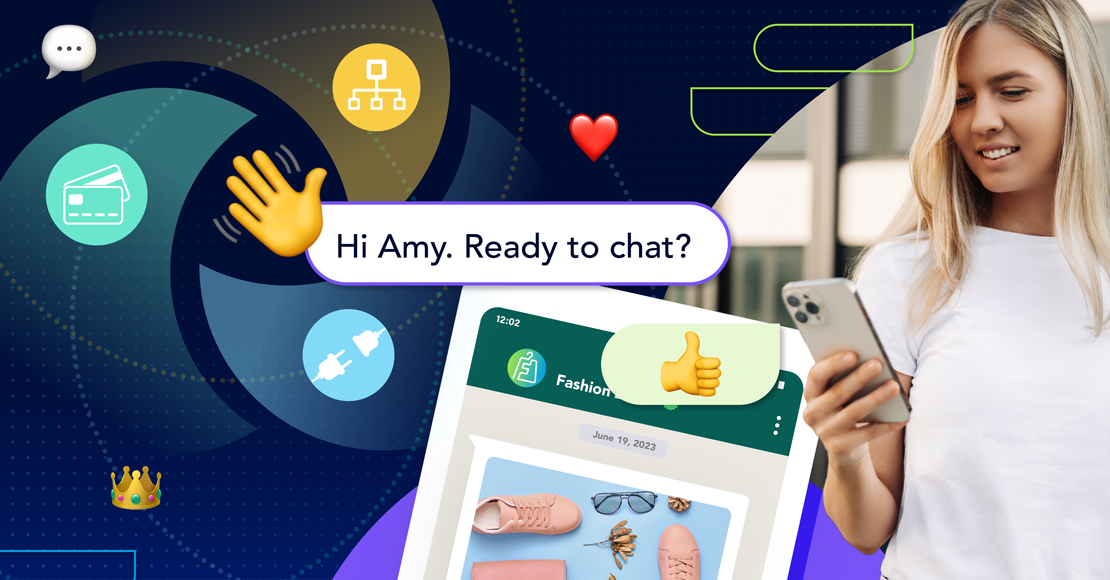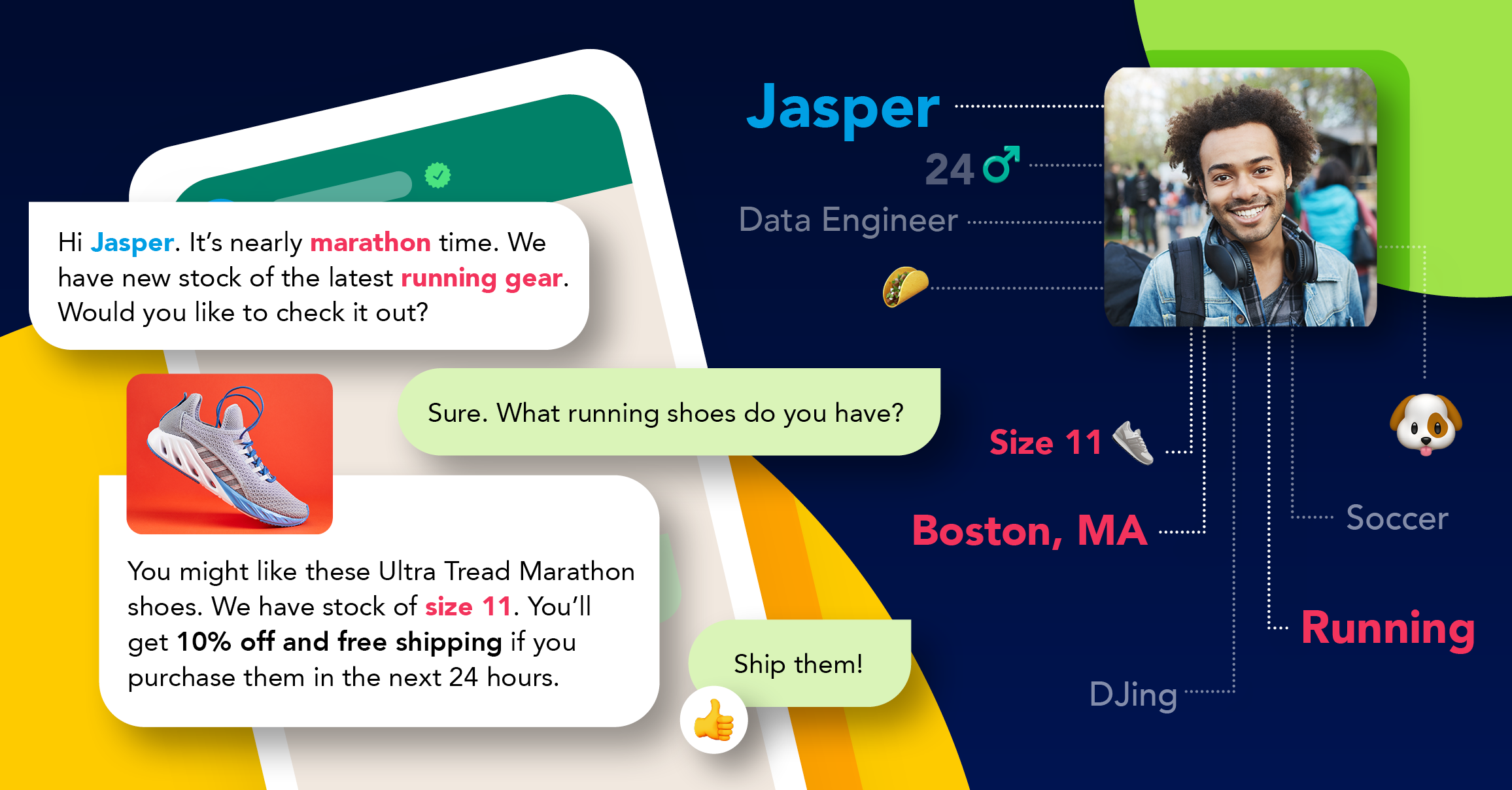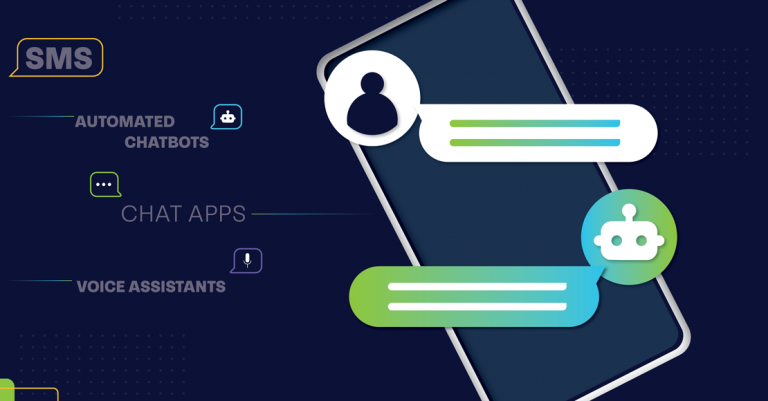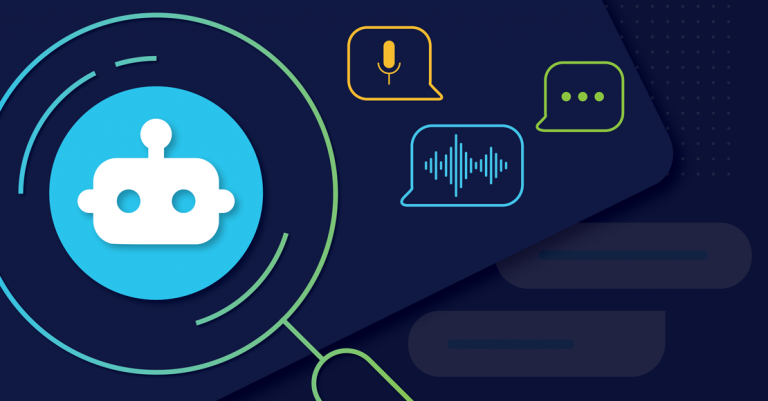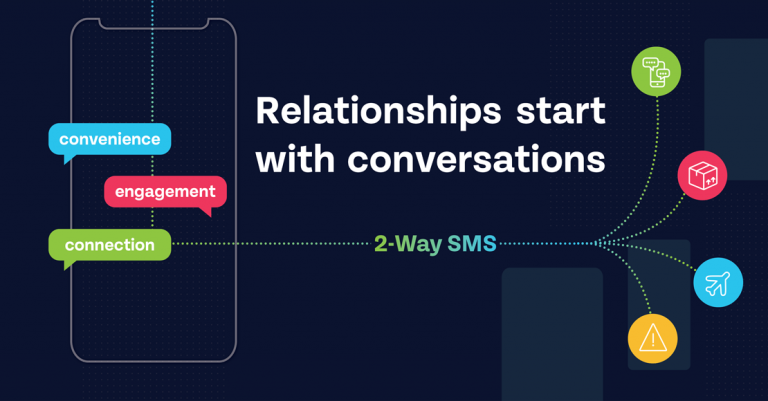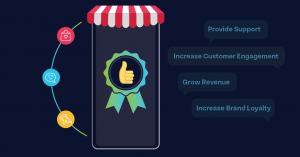
Chatbot performance matters
Every consumer wants a business that’s functional, provides options and is easy to engage with. Slowing down consumer engagement is detrimental to businesses since customers will not want to deal with such companies in the future. This is why chatbots have been a revelation for businesses and customer management. To that end, let’s examine what chatbots do and why they need longer-term memories to continue benefitting everyone involved.
What are chatbots?
Everyone dreads being put on hold when calling a company. Sometimes all customers have is a simple question, requiring a few moments of support staff’s time. Yet, due to the volume of calls companies get, it just isn’t possible to assign everyone a knowledgeable person at any given moment. But what if there existed a powerful tool that provides answers, tailored to customer requests, that never required putting the customers on hold?
That’s exactly what chatbots do. As ChatBot Magazine defines it: “A chatbot is a service, powered by rules and sometimes artificial intelligence, that you interact with via a chat interface. The service could be any number of things, ranging from functional to fun, and it could live in any major chat product.”
From answering basic questions on a website about a business’ services to managing entire banking accounts, chatbots can solve a wide variety of problems. And with the incredible progress in artificial intelligence, there’s no limit as to what chatbots can help with.
Why memory matters
App founder, Nikhil Vimal, notes that if the goal of a chatbot is to reduce time and increase convenience, memory should be a top priority for businesses. For example, many people use food apps to order food. Conveniently, these apps tend to store data you’ve used before, reducing the amount of time needed to interact with the app.
Chatbots do not do this, often – requiring users to input every time, even if it’s in fancier form, mimicking the interaction of another person. As Vimal notes: “No one will switch from an app to a chatbot if it only takes longer on a chatbot.”
While improving user interfaces and making chatbots more diverse in their design is important, businesses must be looking wider – especially in terms of memory, to really push the emphasis on customer management and convenience to the front.
For example, Clickatell’s own powerful chatbot technology, Clickatell Touch, provides plenty of innovation in this area. The Touch Cards, based on Touch technology, can be customized to allow you to automate typical workflow processes in your business. This allows customers to seamlessly navigate the processes without the intervention of a call center agent. This is what captures the heart of the modern chatbot and, of course, it's future.
Explore other articles
Step into the future of business messaging.
SMS and two-way channels, automation, call center integration, payments - do it all with Clickatell's Chat Commerce platform.

